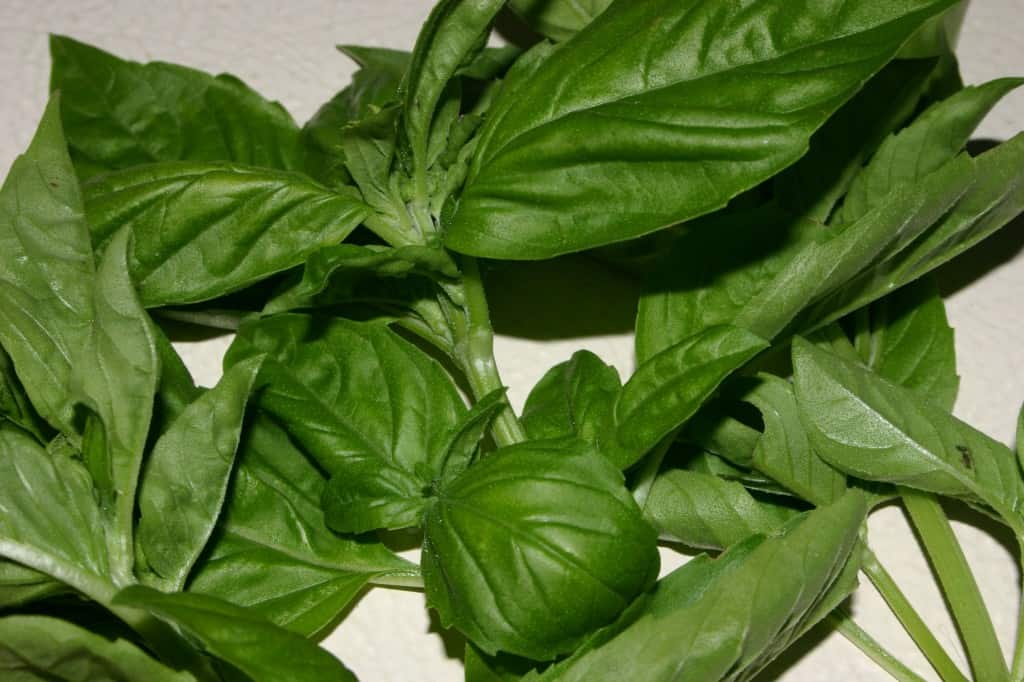
“Those of you who think of herbs as just parsley, sage and thyme, think on.” – Jekka McVicar, Herb Expert.
Aside from its healing properties, herbs can also be used as perfumes and food flavourings. They require serious treatment for gardening. Herbs are tough wild plants, they love the sun and will thrive when provided with lush conditions. Either you plant your herbs outdoors or indoors, you have to be mindful of how you should take care of them, because these plants will surely be a big benefit for our health.
Here are great choices for you to grow:
| Herb | Special Care | How to Harvest | How to Use |
| This plant can be difficult to start from seed, so you may wish to buy a mature plant. And be careful not to overwater — rosemary likes its soil on the dry side. | Simply cut off pieces of the stem as you need it. | Many culinary and even medicinal uses. | |
| Parsley | Parsley has a longer than average germination period of three to four weeks, so extra patience is required. | Cut the outermost stalks just above ground level, which will encourage further growth. | Both the leaves and stalks can be eaten in salads, soups, and Mediterranean dishes like Tabouli. |
| Dill | Drought-tolerant dill is extremely easy to care for, and prefers drier soils. | Don’t start harvesting dill until it’s at least 12 inches tall, and never take more than one-third of the leaves at any one time. | Great flavoring for fish, lamb, potatoes, and peas. |
| Mint | Mint is an invasive plant so stick to container gardening with this one. | Pinch off sprigs as you need them. | Mint is extremely versatile, and can be used in salads, desserts, drinks, and many other recipes. You can even chew it by itself for a pleasant, refreshing flavor. |
| Basil | Pinch off any flowers that appear. This preserves the plant’s flavor, and will also help increase the leaf density of each stem. | Harvest the upper leaves first, taking just a few leaves from each stem at a time. | Add raw to salads, sandwiches and wraps, cook into soups and sauces, chop and sprinkle on pizza, make pesto. |
| Thyme | This plant can take awhile to start from seed, so you may wish to buy a mature plant. Drought-tolerant thyme is extremely easy to care for, and prefers drier soils. | Simply cut off pieces of the stem as you need it. | Often used to flavor meats, soups, and stews. |
| Chives | If you don’t intend on eating the flowers, pinch them off as soon as they begin to appear. | Cut the leaves with scissors, starting with the outside leaves first, allowing about 2 inches of the leaves to remain. | This entire plant can be eaten from top to bottom— the bulbs taste like mild onions, the leaves can be used in salads and other dishes, and even the flower heads can be tossed into salads. |
| Cilantro | Cilantro does not like hot weather. If the soil temperature reaches 75 degrees, the plant will bolt and go to seed, making this a short-lived herb. Aggressive pruning will extend its life, so be ready to use or store it. Save the seeds to use in cooking (the seeds are called coriander) or to plant. | There are two methods of harvesting cilantro. When the plant reaches about 6″ in height, you can remove the outer leaves with a scissors, leaving the growing point intact for new growth. Or you can wait until the plant is almost completely grown and pull it from the soil by its roots to use the whole bunch at once. | Salads, wraps, dips, and many Mexican recipes. |
